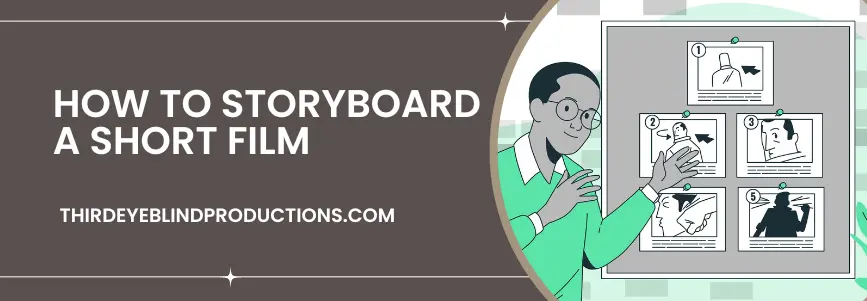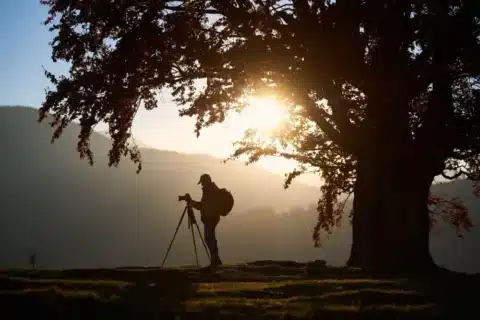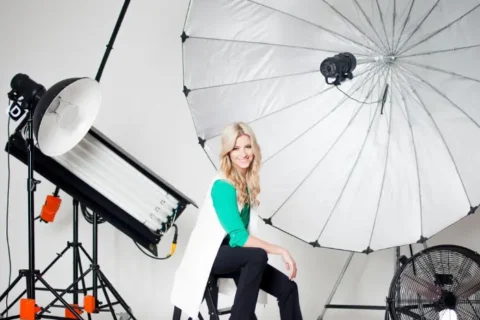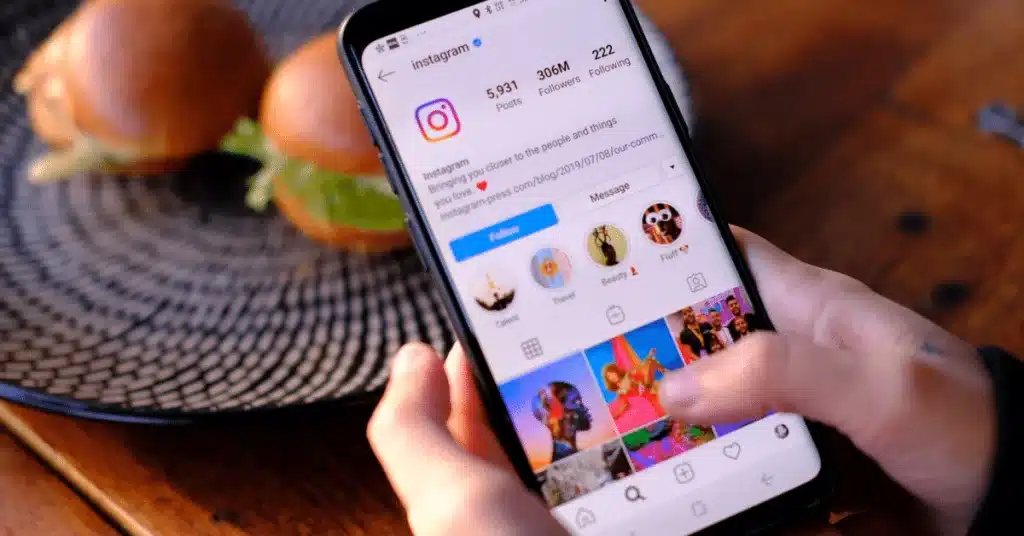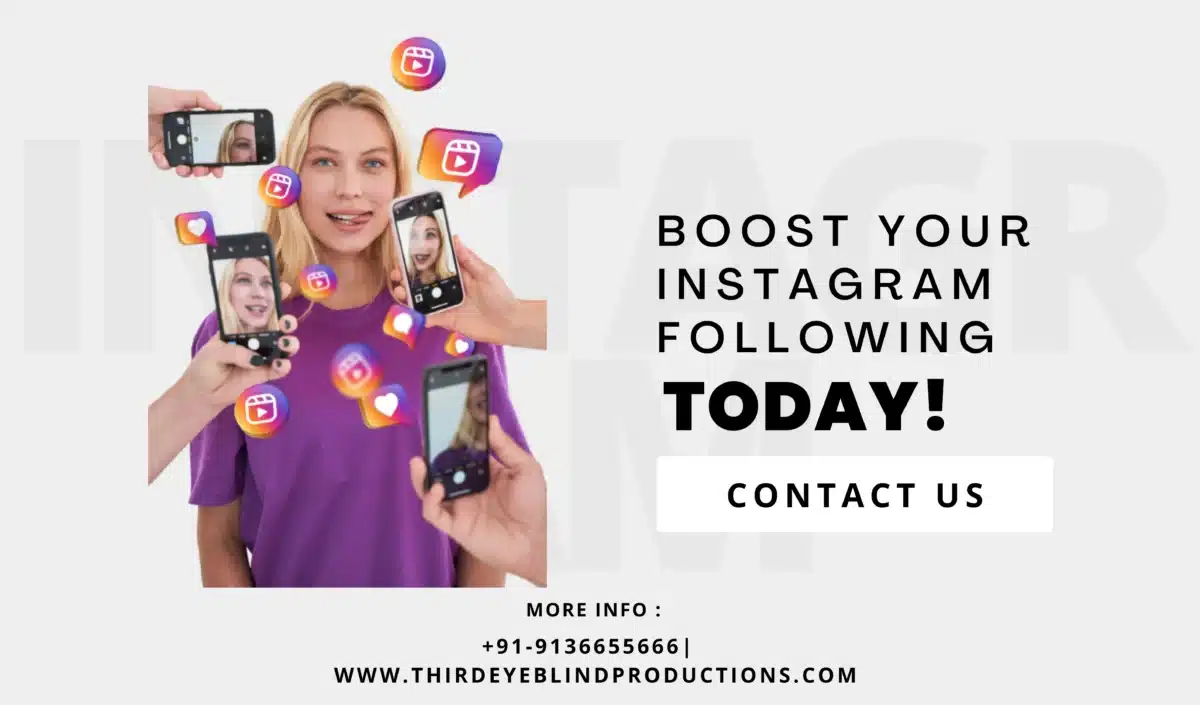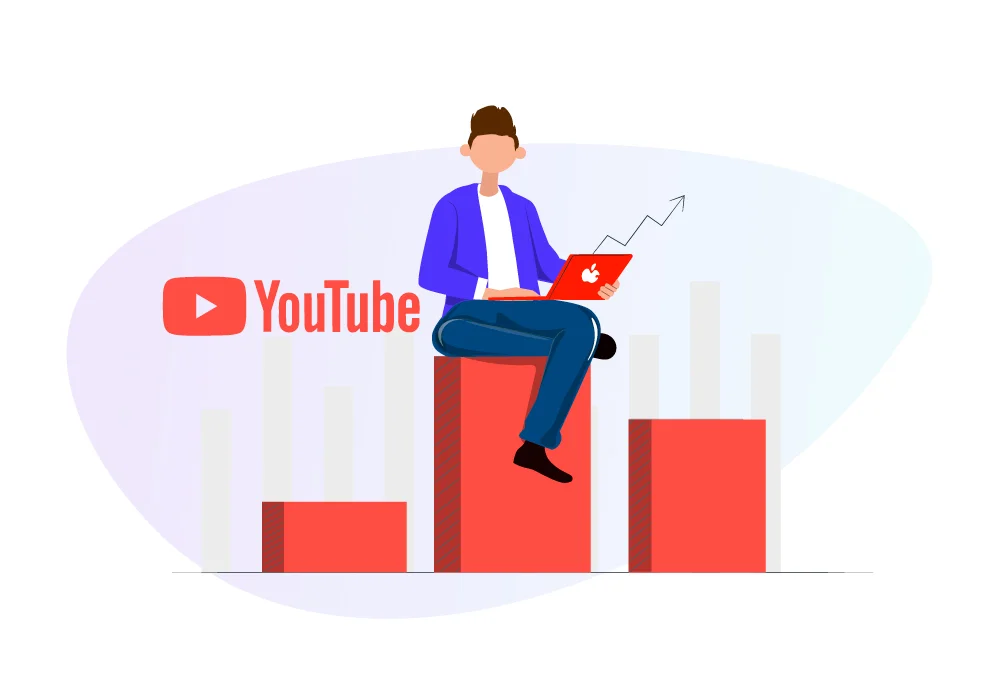In today’s competitive business landscape, it’s more important than ever to stand out from the crowd. Niche marketing offers a powerful way to do just that. By focusing on a specific target market, you can tailor your messaging and offerings to meet the unique needs and preferences of that audience, making your brand more compelling and relevant to them. But how do you go about finding and reaching your niche?
- Definition of Niche Marketing
- Importance of Niche Marketing
- Strategy 1: Identify Your Target Audience
- Strategy 2: Focus on Your Unique Selling Proposition (USP)
- Here are some examples of successful USPs:
- Strategy 3: Use Content Marketing to Establish Your Brand
- Some common types of content marketing include:
- Strategy 4: Leverage Influencer Marketing
- Strategy 5: Utilize Email Marketing
- Benefits of Email Marketing:
- How to Build an Email List:
- Best Practices for Email Marketing:
- Strategy 6: Optimize Your Website for Search Engines
- Strategy 7: Utilize Social Media Marketing
- Strategy 8: Participate in Online Communities
- Strategy 9: Utilize Guerrilla Marketing
- Strategy 10: Offer Exceptional Customer Service
- Conclusion
But before we understand those Niche Marketing strategies, let’s first understand the Definition and Importance of Niche Marketing:
Definition of Niche Marketing
Niche marketing is a targeted approach to marketing that focuses on a specific group of consumers with shared interests or characteristics. Rather than trying to appeal to a broad, general audience, niche marketers identify a smaller, more defined group of potential customers and tailor their messaging and products or services to meet the unique needs and preferences of that audience. This approach can help businesses differentiate themselves from competitors, increase customer loyalty, and ultimately drive sales and revenue.
Importance of Niche Marketing
And as I said above, in today’s crowded and competitive business landscape, it’s becoming increasingly difficult for brands to stand out and capture the attention of consumers. Niche marketing offers a way to do just that, by targeting a specific group of consumers with unique needs and preferences.
By tailoring your messaging and offerings to this audience, you can create a more compelling and relevant brand identity that resonates with potential customers. Niche marketing can also help you differentiate your business from competitors, build customer loyalty, and ultimately drive sales and revenue. By understanding the importance of niche marketing and implementing these niche Marketing strategies in your own business, you can set yourself apart from the competition and achieve greater success in your industry.
We will now go through each of these 10 strategies one at a time in order to understand them better.
Strategy 1: Identify Your Target Audience

Identifying your target audience is the foundation of successful niche marketing. To effectively reach your niche, you need to define your ideal customer and tailor your messaging and offerings to meet their specific needs and preferences. Here are three key steps to help you identify your target audience:
Define your ideal customer
Start by considering who your product or service is best suited for. Who would benefit the most from what you have to offer? What characteristics do they have? Define your ideal customer in terms of demographics (age, gender, income, education, etc.) and psychographics (values, interests, lifestyle, etc.).
Conduct market research
Once you have a clear idea of your ideal customer, conduct market research to validate your assumptions and gather more information about your target audience. This can include surveys, focus groups, online research, and other methods to gather insights about your niche.
Create customer personas:
Based on your research and ideal customer definition, create customer personas – a fictional representations of your target audience. These personas should include details such as their age, gender, occupation, interests, pain points, and purchasing habits. Use these personas to guide your messaging and offerings to better meet the needs of your niche audience.
By identifying your target audience, you can create a more effective niche marketing strategies that resonates with your ideal customer and sets you apart from competitors. So take the time to define your ideal customer, conduct market research, and create customer personas, and you’ll be on your way to niche marketing success.
Strategy 2: Focus on Your Unique Selling Proposition (USP)
Your Unique Selling Proposition (USP) is what sets your business apart from competitors and makes you stand out in your niche. It’s the unique value or benefit that you offer to your target audience that they can’t find anywhere else.

Identify what makes you unique
Start by thinking about what makes your business unique. What sets you apart from competitors? Is it your product or service offering, your pricing model, your customer service, or something else? Identify your unique strengths and advantages.
Define your target audience’s needs
To create a compelling USP, you need to understand your target audience’s needs and pain points. What are they looking for in a product or service? What problems are they trying to solve? Use this information to shape your USP around meeting their specific needs.
Craft a clear and concise message
Your USP should be a clear and concise message that communicates your unique value proposition to your target audience. It should be memorable and easy to understand. Focus on the benefits your customers will receive by choosing your product or service over competitors.
Here are some examples of successful USPs:
- FedEx: “When it absolutely, positively has to be there overnight.”
- M&Ms: “Melts in your mouth, not in your hand.”
- Dollar Shave Club: “A great shave for a few bucks a month.”
By focusing on your USP, you can differentiate your business from competitors and create a more compelling brand identity that resonates with your target audience. So take the time to identify what makes you unique, define your target audience’s needs, and craft a clear and concise message that communicates your USP.
Strategy 3: Use Content Marketing to Establish Your Brand
Content marketing is a powerful tool for establishing your brand and reaching your niche audience. By creating and sharing valuable and relevant content, you can build trust, establish thought leadership, and engage with your target audience.
Here’s how to create a content marketing strategy that works for your niche:
Define your goals
Start by defining what you want to achieve with your content marketing. Do you want to increase brand awareness, generate leads, or build customer loyalty? Your goals will help guide your content creation and distribution strategy.
Identify your target audience
Just like with any other marketing strategy, it’s important to understand your target audience when creating content. Who are they, what are their interests, and what type of content do they engage with? This information will help you create content that resonates with your niche audience.
Choose the right types of content
There are many types of content you can create, such as blog posts, videos, social media posts, podcasts, and more. Choose the ones that work best for your niche and the platforms where your target audience spends their time.
Create a content calendar
Plan out your content in advance to ensure you’re consistently producing content that aligns with your goals and resonates with your audience. A content calendar helps you stay organized and on track.
Promote your content
Creating great content is only part of the equation. You also need to promote it to get it in front of your target audience. Share your content on social media, email newsletters, and other channels where your audience is most active.
Some common types of content marketing include:
- Blogging: Writing informative and educational blog posts to engage with your audience and establish thought leadership in your niche.
- Video marketing: Creating videos that showcase your products or services, or providing educational content that speaks to your audience’s interests and pain points.
- Social media marketing: Sharing valuable and relevant content on social media platforms to build relationships with your audience and drive engagement.
By using content marketing to establish your brand, you can build trust, engage with your target audience, and stand out in your niche. So take the time to define your goals, identify your target audience, and create a content marketing strategy that works for your business.
Strategy 4: Leverage Influencer Marketing

Influencer marketing is a popular and effective way to reach your niche audience by leveraging the influence of social media influencers. An influencer is someone who has a large following on social media and can persuade their followers to take action, such as making a purchase or trying a new product.
Here’s how to leverage influencer marketing for your niche business:
Find the right influencer
Look for influencers who have a large and engaged following in your niche. Check their engagement rates, authenticity, and reach. You can use influencer discovery tools or work with an influencer agency to find the right influencers for your campaign.
Create an influencer campaign
Collaborate with the influencer to create a campaign that resonates with their audience and aligns with your brand values. This could include product reviews, sponsored posts, or even live events.
Measure and optimize
Measure the success of your campaign by tracking metrics such as engagement, clicks, and conversions. Use this data to optimize your campaign and improve your results.
Some tips for creating a successful influencer campaign include:
- Establishing clear goals and expectations with the influencer before starting the campaign.
- Ensure the influencer’s audience aligns with your target audience.
- Provide clear guidelines and messaging to the influencer to ensure the content aligns with your brand values.
- Disclose sponsored content in accordance with FTC guidelines.
By leveraging influencer marketing, you can tap into the trust and influence of social media influencers to reach your niche audience and drive results for your business. So take the time to define your goals, find the right influencer, and create an influencer campaign that resonates with your target audience.
Strategy 5: Utilize Email Marketing
Email marketing is a highly effective digital marketing strategy that can help businesses of all sizes to connect with their target audience, nurture leads, and drive sales. In this article, we will explore the benefits of email marketing, how to build an email list, and best practices for email marketing.

Benefits of Email Marketing:
Cost-Effective
Email marketing is a cost-effective way to reach your target audience. Compared to other digital marketing channels, email marketing has a low cost per acquisition and can help you achieve a high ROI.
Personalization
Email marketing allows businesses to send personalized messages to their audience, based on their interests, behavior, and preferences. This makes email marketing more effective in driving engagement and sales.
Measurable
Email marketing allows businesses to track their performance, analyze open rates, click-through rates, and conversion rates. This data can be used to optimize future email campaigns and improve overall ROI.
Reach
Email marketing allows businesses to reach their audience directly in their inbox, where they are more likely to see and engage with your message.
How to Build an Email List:
Create a lead magnet
A lead magnet is a valuable resource or incentive that you offer to your audience in exchange for their email address. This could be an e-book, a whitepaper, a discount, or a free trial.
Opt-in forms
Opt-in forms are forms that you place on your website, landing pages, or social media profiles to capture email addresses. Make sure to make the opt-in form prominent and easy to fill out.
Social media
Use your social media profiles to promote your lead magnets and encourage your followers to sign up for your email list.
Events
If you attend events or trade shows, use the opportunity to collect email addresses from attendees. You can also use a sign-up sheet or a tablet to capture email addresses.
Best Practices for Email Marketing:
Personalization:
Use the recipient’s name in the subject line and greeting to make the email feel more personal. Also, segment your email list based on interests, behavior, and preferences, and send targeted messages to each segment.
Mobile Optimization
Make sure that your email is optimized for mobile devices, as more than half of all emails are opened on mobile devices.
Subject Line
Write a compelling subject line that grabs the recipient’s attention and encourages them to open the email. Avoid using spammy words and phrases that could trigger spam filters.
Call-to-action
Make sure that your email has a clear call-to-action (CTA) that tells the recipient what action to take next. Make the CTA prominent and easy to find.
In conclusion, email marketing is a highly effective strategy that can help businesses to connect with their audience, nurture leads, and drive sales. By following the best practices and building a targeted email list, businesses can achieve a high ROI and improve their overall digital marketing efforts.
Strategy 6: Optimize Your Website for Search Engines
In today’s digital age, having a website is not enough. You need to ensure that your website is easily discoverable by your target audience. This is where search engine optimization (SEO) comes into play. SEO is the process of optimizing your website to improve its visibility and ranking in search engine results pages (SERPs). In this article, we will explore what SEO is, how to conduct keyword research, and on-page and off-page optimization techniques.
What is Search Engine Optimization (SEO)?
Search engine optimization (SEO) is the process of optimizing your website to improve its visibility and ranking in search engine results pages (SERPs). SEO involves a range of techniques that aim to improve the quality and relevance of your website’s content, structure, and links. The ultimate goal of SEO is to drive more organic traffic to your website, which can result in increased leads, sales, and revenue.
How to Conduct Keyword Research
Keyword research is the process of identifying the keywords and phrases that your target audience is using to search for your products or services. Conducting keyword research is an essential step in developing an effective SEO strategy. Here are the steps to conduct keyword research:
- Identify your target audience and their search intent.
- Brainstorm a list of potential keywords and phrases that your audience might use.
- Use keyword research tools such as Google Keyword Planner, SEMrush, or Ahrefs to identify relevant keywords and phrases.
- Analyze the search volume, competition, and relevance of each keyword.
- Choose a list of primary and secondary keywords to optimize your website content.
On-Page and Off-Page Optimization Techniques
On-page optimization techniques involve optimizing your website’s content, structure, and HTML code to improve its relevance and visibility for target keywords. Here are some on-page optimization techniques:
- Keyword optimization: Use relevant keywords in your website’s content, title tags, meta descriptions, and URLs.
- Content optimization: Create high-quality, relevant, and engaging content that satisfies the user’s search intent.
- Site structure optimization: Optimize your website’s structure, navigation, and internal linking to improve user experience and crawlability.
- Mobile optimization: Ensure that your website is optimized for mobile devices to improve user experience and search engine rankings.
Off-page optimization techniques involve improving your website’s reputation and authority through external links, social media, and other online channels. Here are some off-page optimization techniques:
- Link building: Acquire high-quality backlinks from authoritative and relevant websites to improve your website’s authority and rankings.
- Social media marketing: Use social media platforms to promote your website’s content and engage with your audience.
- Local SEO: Optimize your website for local search by creating and optimizing local listings, citations, and reviews.
- Online reputation management: Monitor and manage your online reputation to ensure that your website is perceived as trustworthy and authoritative by search engines and users.
Strategy 7: Utilize Social Media Marketing
Social media has become an integral part of our daily lives, and businesses can leverage its potential to reach out to their target audience. Social media marketing is a strategy that businesses use to promote their products or services on social media platforms such as Facebook, Twitter, Instagram, LinkedIn, and more. In this article, we will explore the benefits of social media marketing, how to choose the right social media platform, and how to create a social media marketing strategy.
The Benefits of Social Media Marketing
- Increased brand awareness: Social media provides a platform for businesses to showcase their brand to a wider audience.
- Improved customer engagement: Social media allows businesses to interact with their customers and build a relationship with them.
- Increased website traffic: Social media can drive traffic to your website and increase your website’s visibility.
- Cost-effective: Social media is a cost-effective way to reach out to your target audience compared to traditional marketing methods.
- Improved customer insights: Social media provides businesses with valuable customer insights that can help in improving their products or services.
How to Choose the Right Social Media Platform
Choosing the right social media platform is essential to the success of your social media marketing strategy. Here are the steps to choose the right social media platform:
- Identify your target audience: Determine the demographics of your target audience, including age, gender, location, and interests.
- Research the social media platforms: Research the social media platforms that your target audience is most active on.
- Analyze the features: Analyze the features of each social media platform and determine which platform best suits your business goals.
- Evaluate the competition: Evaluate the competition on each social media platform to determine which platforms offer the best opportunity for your business to stand out.
How to Create a Social Media Marketing Strategy
Creating a social media marketing strategy is essential to ensure the success of your social media marketing efforts. Here are the steps to create a social media marketing strategy:
- Set goals: Define your social media marketing goals, including increasing brand awareness, driving website traffic, and improving customer engagement.
- Determine your target audience: Identify your target audience and their preferences on social media.
- Choose the right social media platform: Choose the social media platforms that your target audience is most active on.
- Develop a content strategy: Create a content strategy that aligns with your business goals and target audience preferences.
- Create a posting schedule: Develop a posting schedule to ensure consistency and maximize engagement.
- Monitor and analyze your results: Monitor and analyze your social media marketing results to determine the effectiveness of your strategy and make necessary adjustments.
Strategy 8: Participate in Online Communities
Online communities are groups of people who share common interests or goals and connect with each other through the internet. These communities can take many forms, such as forums, social media groups, and chat rooms, among others. Participating in online communities can be a valuable marketing strategy for businesses to reach their target audience and establish brand awareness. In this article, we will explore what online communities are, how to find the right online community, and best practices for participating in online communities.
What are Online Communities?

Online communities are groups of people who share common interests, goals, or experiences and connect with each other through the internet. These communities can take many forms, including forums, social media groups, and chat rooms, among others. Members of these communities interact with each other by sharing information, discussing topics, and offering support.
How to Find the Right Online Community
Finding the right online community is essential to ensure that your participation is effective. Here are some tips on how to find the right online community:
- Research: Conduct research to identify online communities related to your industry, products, or services.
- Evaluate: Evaluate the online communities based on their size, engagement, and relevance to your business.
- Observe: Observe the conversations and interactions within the online communities to determine if they align with your business goals and values.
Best Practices for Participating in Online Communities
Participating in online communities requires a certain level of tact and etiquette. Here are some best practices for participating in online communities:
- Read the rules: Read the rules of the online community to understand the guidelines for participation.
- Be respectful: Be respectful to other members and avoid any offensive or derogatory comments.
- Add value: Offer valuable insights and advice to other members of the community.
- Avoid self-promotion: Avoid overtly promoting your products or services and focus on building relationships.
- Be consistent: Participate in the online community regularly to establish your presence and build relationships.
Strategy 9: Utilize Guerrilla Marketing
Guerrilla marketing is an unconventional marketing strategy that aims to promote a brand or product using low-cost, creative tactics. It is often used by small businesses with limited marketing budgets to compete with larger competitors. Guerrilla marketing relies on creativity, originality, and out-of-the-box thinking to capture the attention of the target audience. In this article, we will explore what guerrilla marketing is, examples of successful campaigns, and how to create a guerrilla marketing campaign.
What is Guerrilla Marketing?
Guerrilla marketing is a marketing strategy that uses unconventional, creative tactics to promote a brand or product. It typically involves low-cost or no-cost methods, such as viral marketing, street art, or public stunts, to grab the attention of the target audience. Guerrilla marketing aims to create buzz and generate interest in a brand or product without relying on traditional advertising methods.
Examples of Successful Guerrilla Marketing Campaigns
Here are some examples of successful guerrilla marketing campaigns:
- The Blair Witch Project: This horror movie used viral marketing tactics, such as creating a fake website and distributing flyers and posters, to generate buzz before its release. The campaign was so successful that it generated $250 million at the box office.
- Red Bull: Red Bull is known for its creative marketing campaigns, including the Red Bull Stratos jump, which saw a man jump from a helium balloon at the edge of space. The campaign generated over 50 million views on YouTube and increased sales of Red Bull by 7%.
- Ikea: Ikea’s “Bookbook” campaign used humor and satire to promote its new catalog. The campaign went viral, generating over 18 million views on YouTube and increasing sales of the catalog by 8%.
How to Create a Guerrilla Marketing Campaign
Here are some steps to create a guerrilla marketing campaign:
- Identify your target audience: Determine who your target audience is and what they are interested in.
- Choose your tactics: Select creative tactics that will grab the attention of your target audience, such as street art, public stunts, or viral marketing.
- Be original: Be creative and original in your approach to stand out from the crowd.
- Keep it low-cost: Use low-cost or no-cost methods to minimize your expenses.
- Measure your results: Measure the success of your campaign by tracking metrics, such as social media engagement or sales.
Strategy 10: Offer Exceptional Customer Service
Exceptional customer service is one of the most important strategies a business can employ to retain existing customers and attract new ones. In this article, we will explore why customer service is important, how to provide exceptional customer service, and the benefits of doing so.

Why Customer Service is Important
Customer service is important because it can directly impact a business’s reputation and bottom line. Poor customer service can lead to negative reviews, decreased customer loyalty, and lost sales. On the other hand, exceptional customer service can lead to positive reviews, increased customer loyalty, and more sales. Providing excellent customer service can also differentiate a business from its competitors and create a positive image of the brand.
How to Provide Exceptional Customer Service
Here are some ways to provide exceptional customer service:
- Be responsive: Respond promptly to customer inquiries and concerns, whether it’s through email, phone, or social media.
- Listen actively: Listen carefully to customers’ concerns and needs, and show empathy and understanding.
- Be knowledgeable: Make sure you and your staff are knowledgeable about the products or services you offer, so you can provide accurate information and answer customer questions.
- Be friendly and courteous: Be polite, friendly, and courteous in all interactions with customers, whether it’s in-person, on the phone, or online.
- Follow up: Follow up with customers after a sale or service experience to ensure they are satisfied and address any issues that may have arisen.
The Benefits of Exceptional Customer Service
Providing exceptional customer service can lead to several benefits for a business, including:
- Increased customer loyalty: Customers are more likely to continue doing business with a company that provides excellent customer service.
- Positive reviews: Satisfied customers are more likely to leave positive reviews, which can attract new customers.
- Increased sales: Customers who are satisfied with their experience are more likely to make repeat purchases and recommend the business to others.
- Differentiation from competitors: Providing exceptional customer service can set a business apart from its competitors and create a positive image of the brand.
Conclusion
Niche marketing strategies can be a great way for businesses to connect with their target audience and grow their business. Which strategy do you think would work best for your business? Would it be email marketing, social media marketing, or perhaps guerrilla marketing?
Remember, the key to success with niche marketing is to understand your audience and tailor your efforts to their needs and preferences. So, think about your ideal customer and what channels they are most likely to use. Then, choose a strategy that aligns with their preferences and start implementing it.
Don’t be afraid to try different strategies and see what works best for your business. It’s a process of trial and error, but with persistence and dedication, you can find the right niche marketing strategy to take your business to the next level. So, which strategy are you most excited to try out?



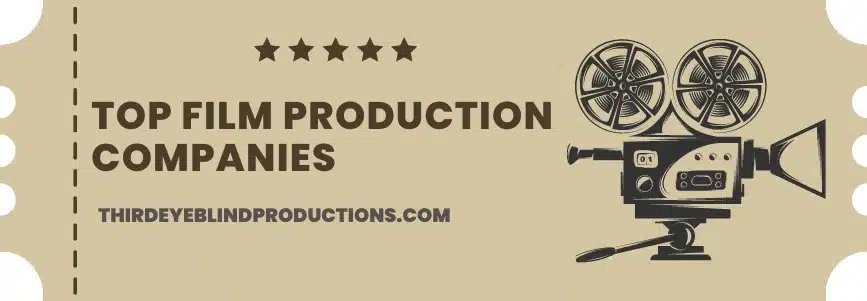


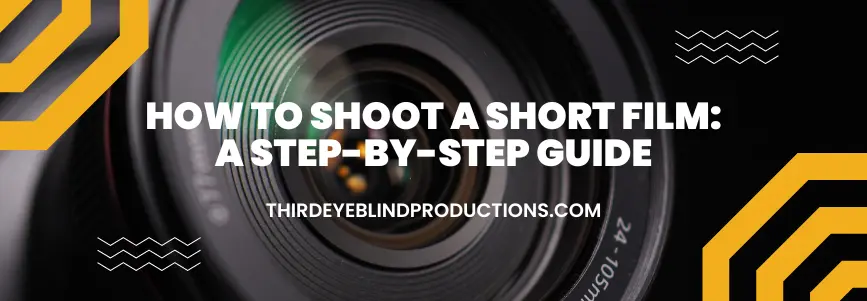



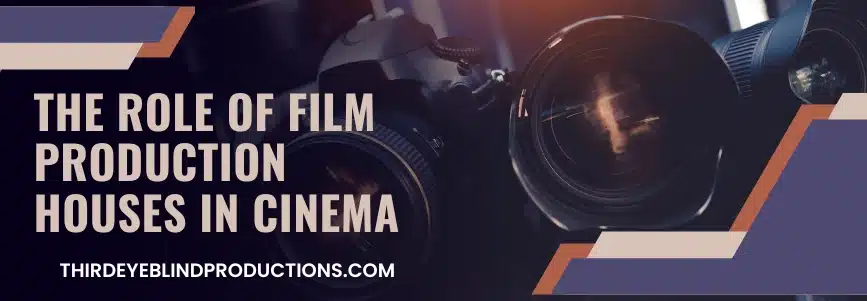

 The production house is responsible for ensuring that the film shoots on schedule and within budget during the production phase of the project. Other resources needed to complete the shoot may be provided by them, such as equipment, set design, and other resources.
The production house is responsible for ensuring that the film shoots on schedule and within budget during the production phase of the project. Other resources needed to complete the shoot may be provided by them, such as equipment, set design, and other resources.


